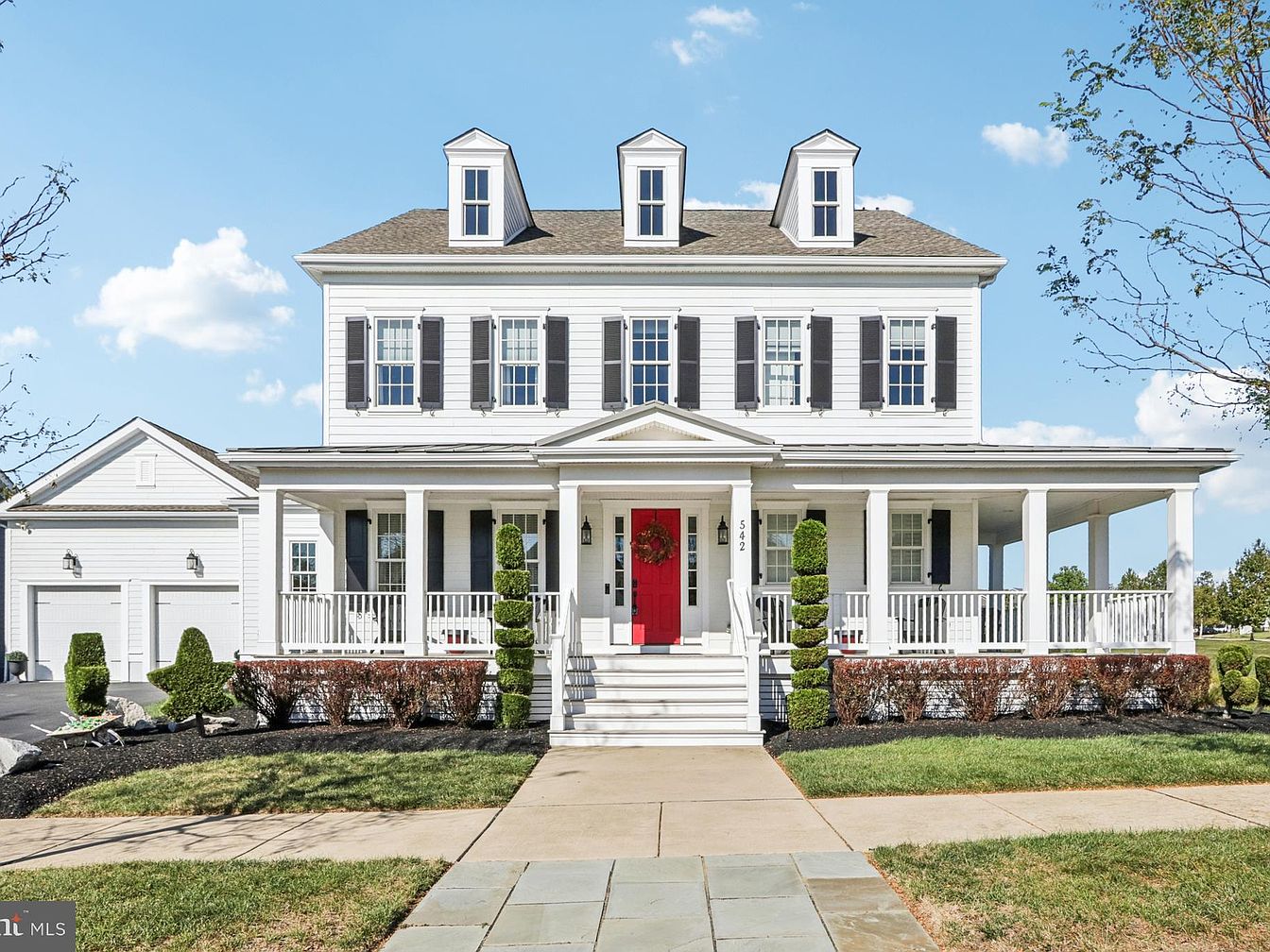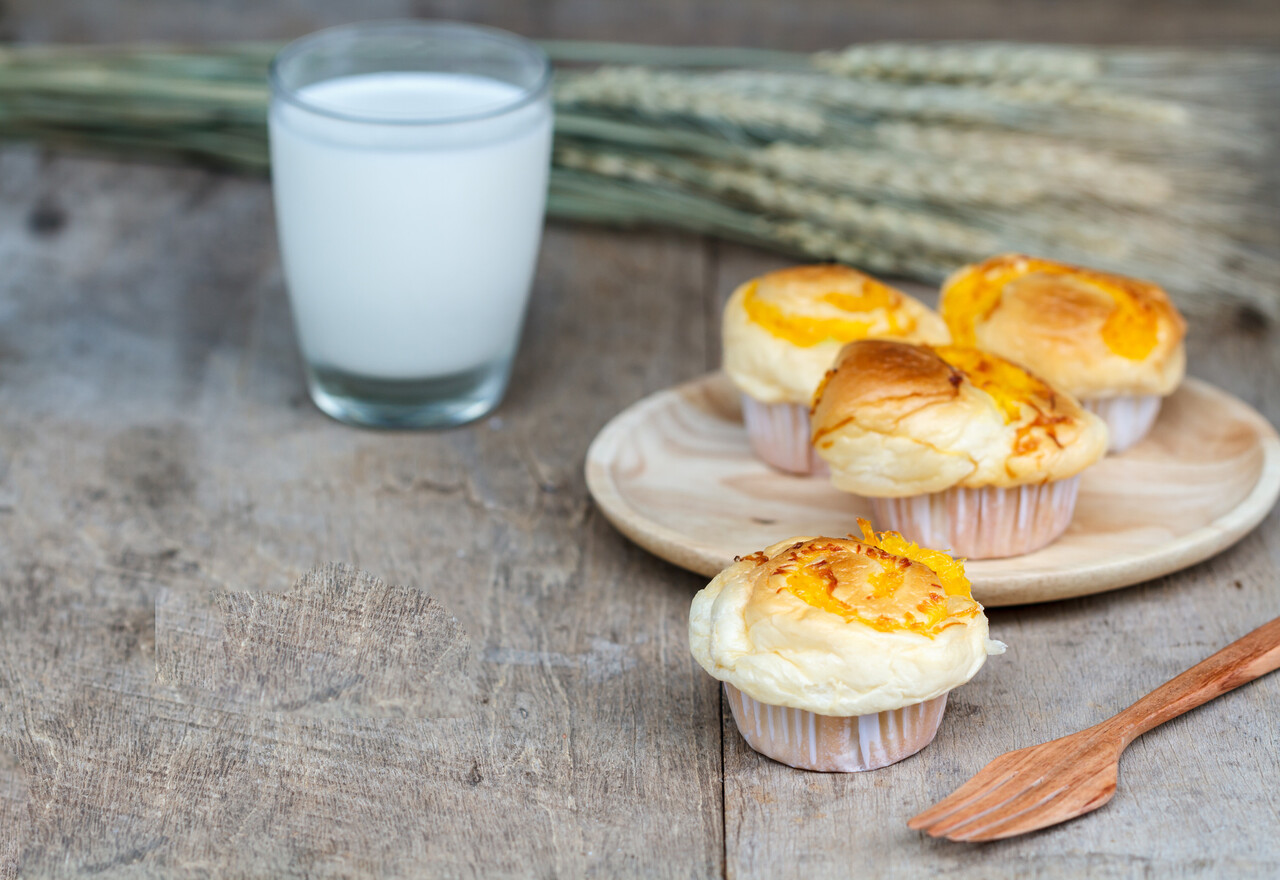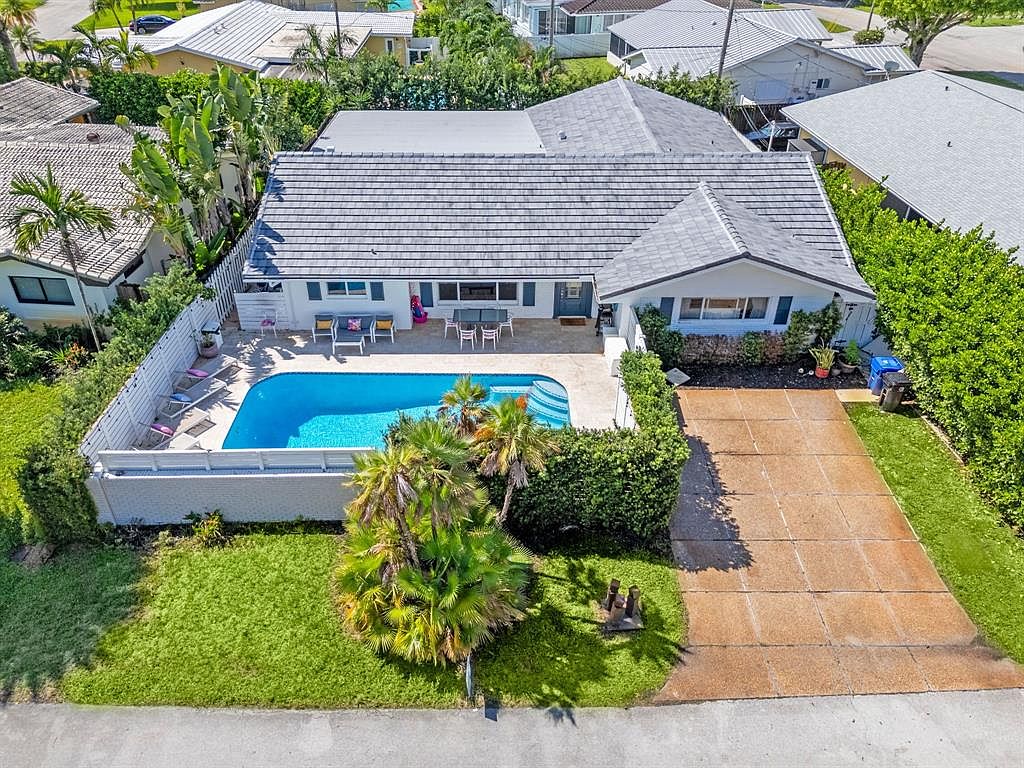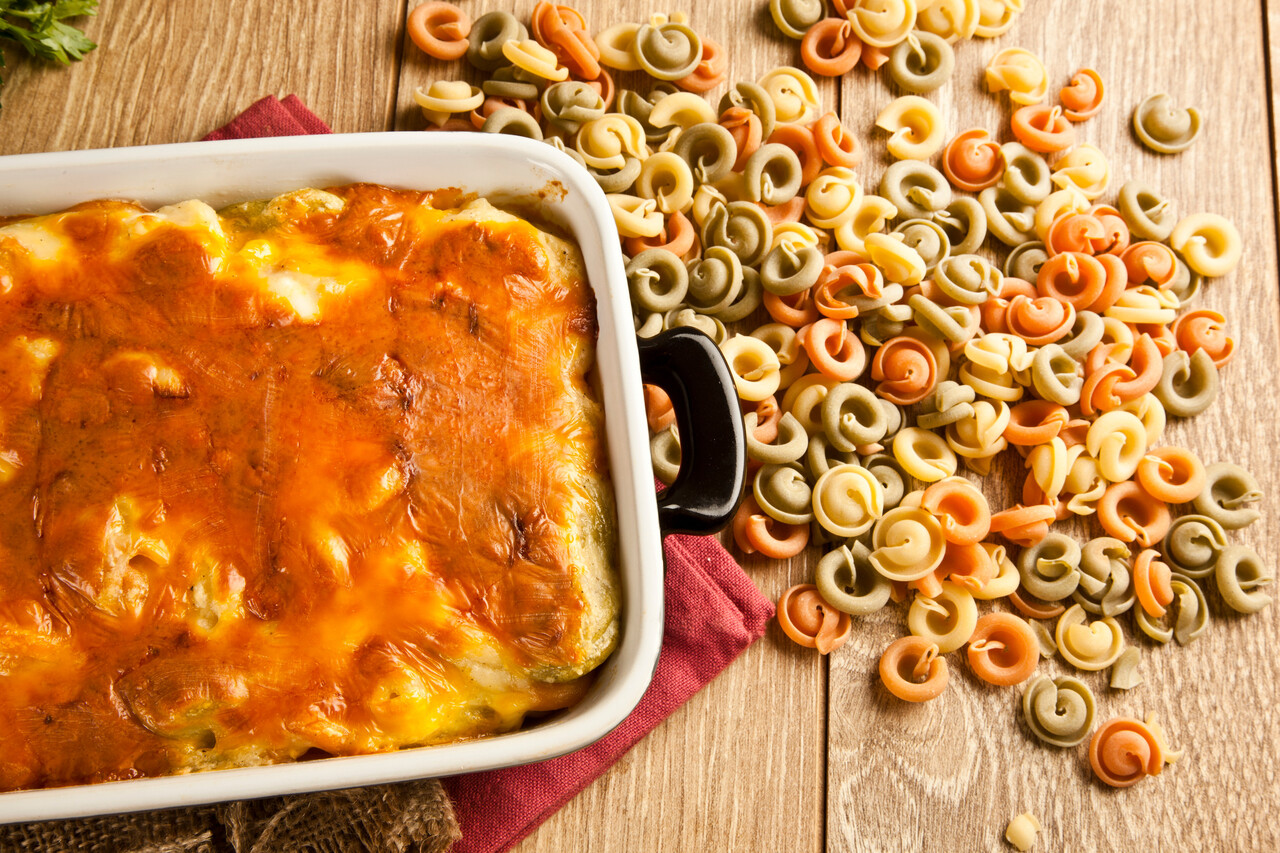10 French Country Kitchen Ideas Worth Copying
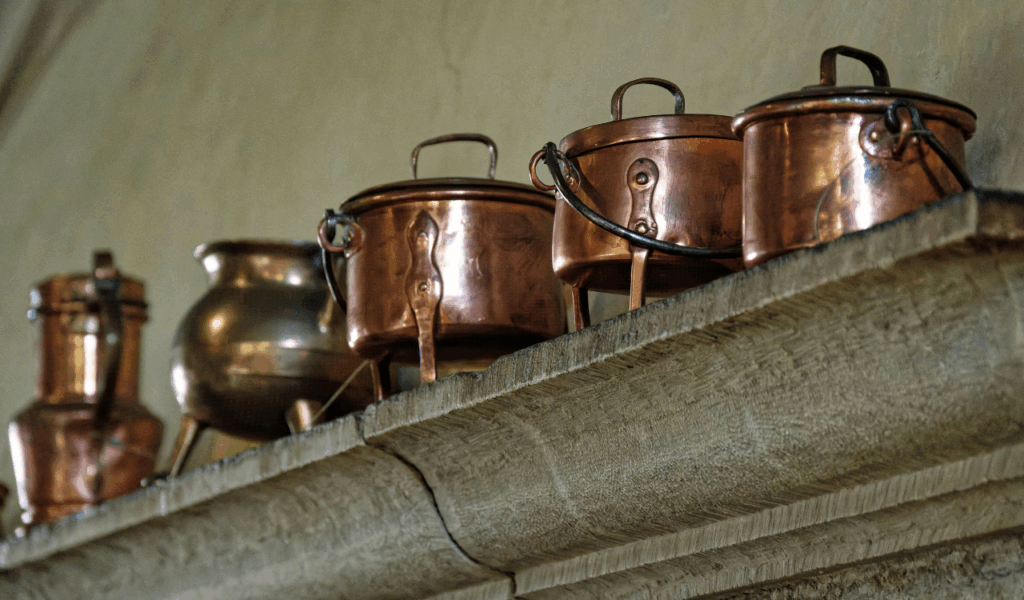
French country style is popular for good reason when it comes to designing a kitchen that feels cozy, welcoming, and classic. This style gives your kitchen a homey yet elegant feel by incorporating elegance with the rustic charm of rural France. Ten practical French country kitchen ideas that you can replicate are included in this post, each with enough information to help you understand why it works rather than just how. Let’s infuse your house with a little Provençal magic.
1. Soft, Muted Neutrals as the Base
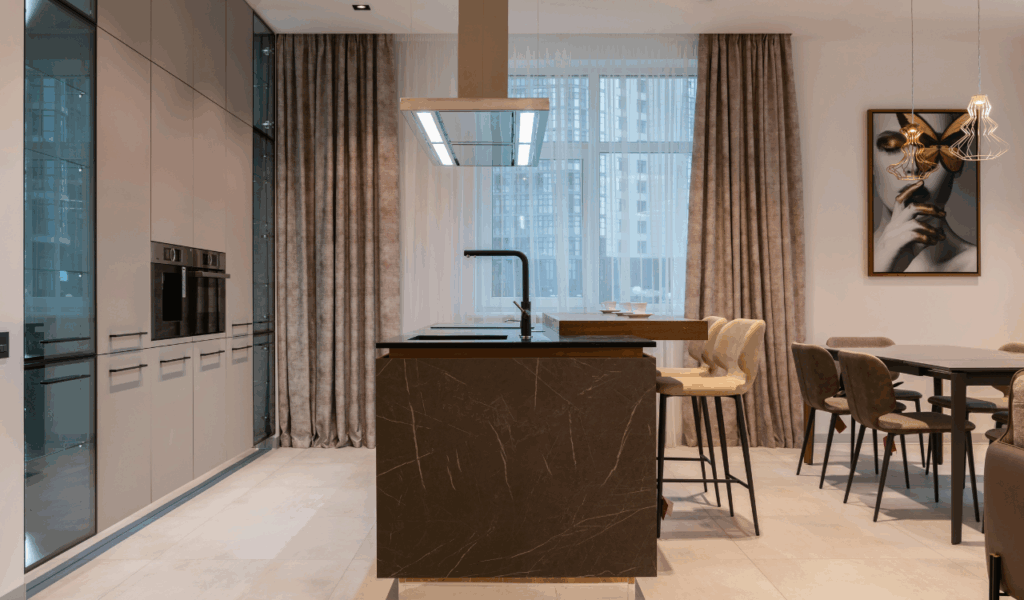
A palette centered on warm whites, light grays, creams, soft, muted neutrals, and delicate beiges is a defining characteristic of French country kitchens. These colors produce a serene background that allows the textures of stone, wood grains, and ornamental accents to stand out without competing. Even in smaller kitchens, these colors create the illusion of openness and airiness because they gently reflect light. To prevent the room from feeling cold or flat, use these neutrals for the walls, cabinets, and tile, then add accent colors.
2. Distressed or Weathered Wood Cabinets
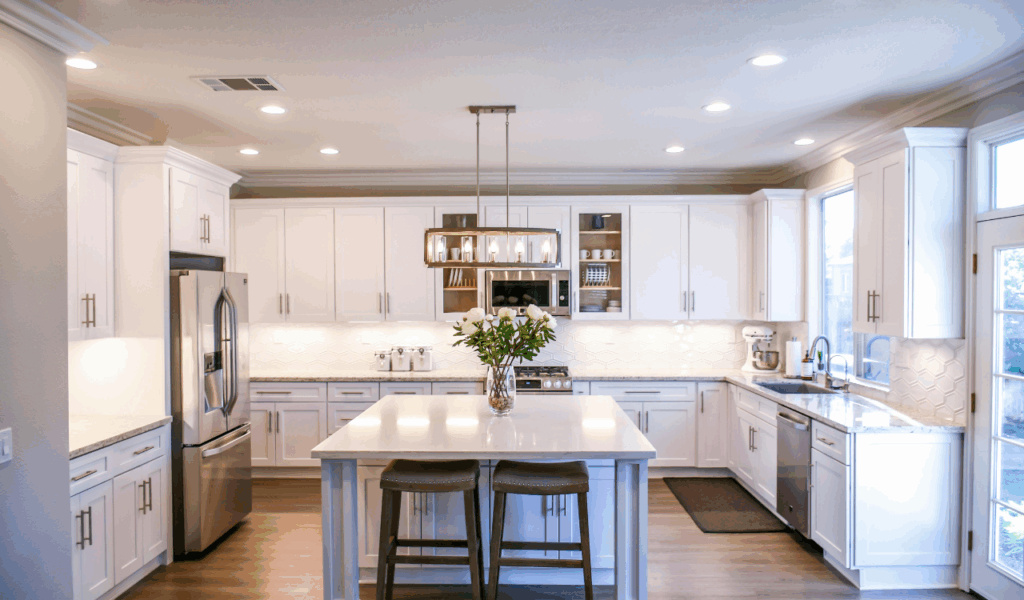
Instead of having flawlessly polished surfaces, choose cabinets with subtle distressing or light wear to create a lived-in, comfortable aesthetic. This method mimics the age and patina of classic French farmhouses while adding character to your kitchen. A hint of history, not an overdone ruin, is the aim. The effect avoids a new-factory feel and instead invites warmth when used properly. To preserve durability and visual appeal, combine this with high-quality hinges and hardware.
3. Open Shelves & Glass-Front Cupboards
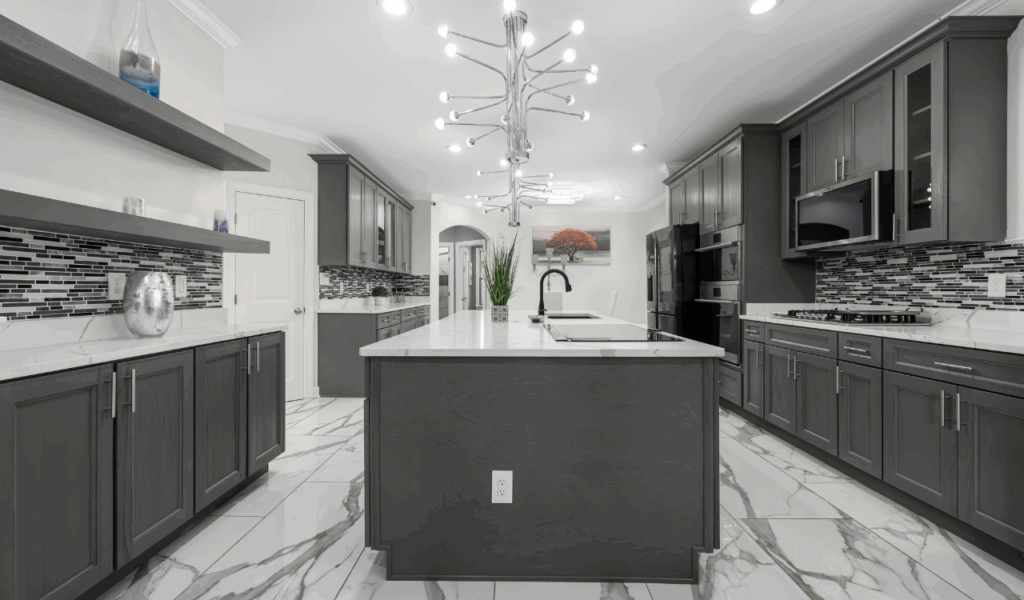
A common feature of French country kitchens are open shelving and glass-front cabinets, which let you showcase beautiful dishware, earthenware, and antique ceramics. The kitchen feels more like a carefully chosen collection than a sterile showroom thanks to this design decision, which also adds depth and visual interest. To avoid interfering with the flow, place frequently used items on shelves. To avoid a disorganized appearance, keep clutter to a minimum, arrange items according to color or material, and leave empty space.
4. Natural Stone or Brick Backsplash
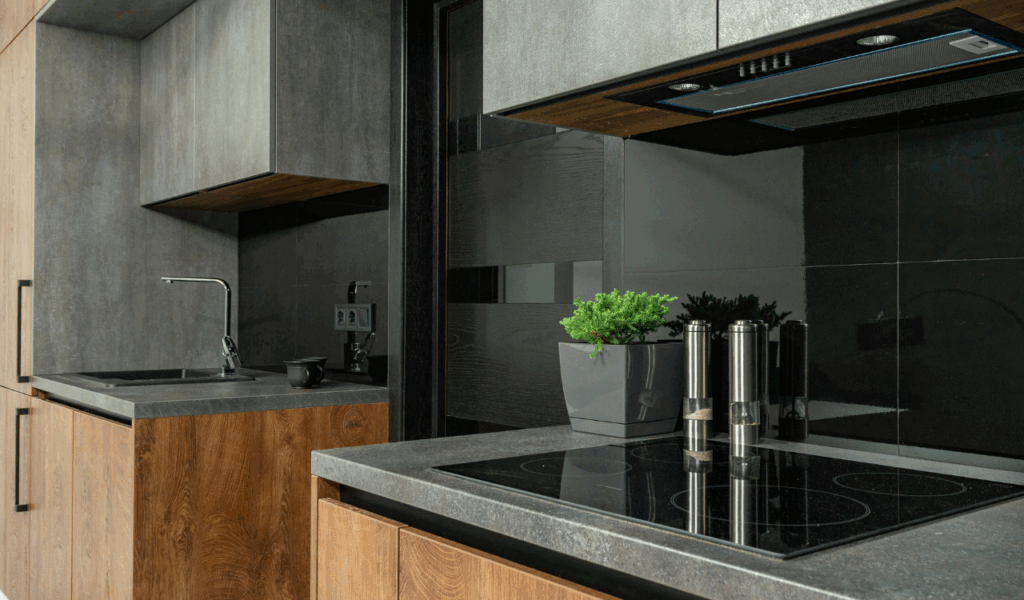
Use natural stone (e.g. travertine, limestone) or brick backsplashes to introduce texture and earthiness. These materials lend authenticity and visual grounding, and they age beautifully, developing character over time. In a French country kitchen, you might see herringbone stone, soft‑edge brick, or irregular tile. The slightly uneven surface makes lighting dance through the space, adding warmth. Clean carefully though, seal porous stones to avoid stains.
5. Apron‑Front (Farmhouse) Sinks
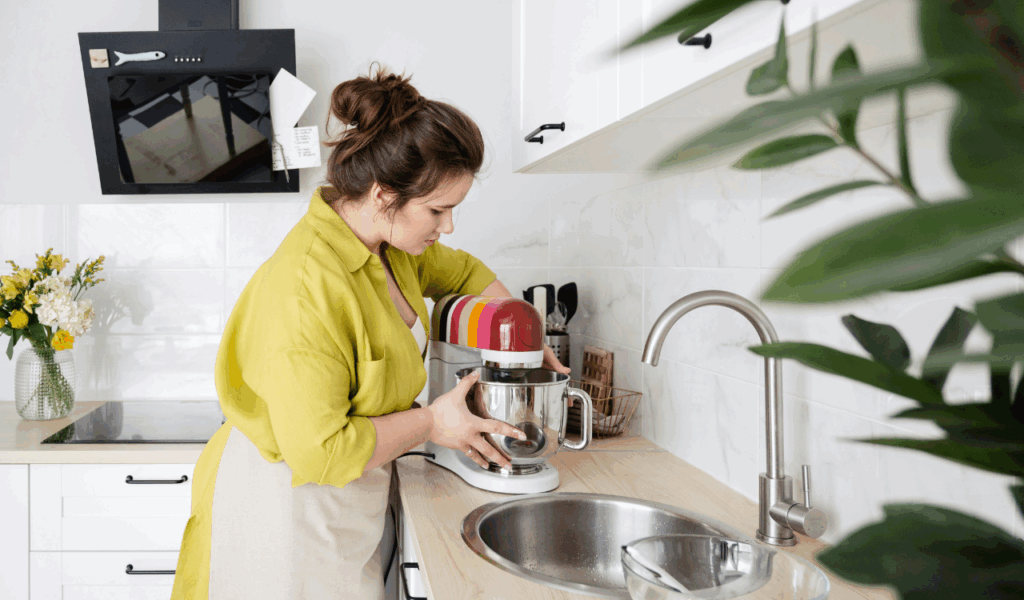
An apron-front sink adds style and functionality. Its exposed front gives it a farmhouse feel, and when paired with French country accents like decorative legs or crossbars, it successfully combines style and functionality. To maintain visual balance, choose materials that are resistant to chipping, such as porcelain or fireclay, and pair them with faucets that have a lower profile. The sink elevates the atmosphere by becoming more than just a functional area.
6. Wrought Iron & Decorative Hardware
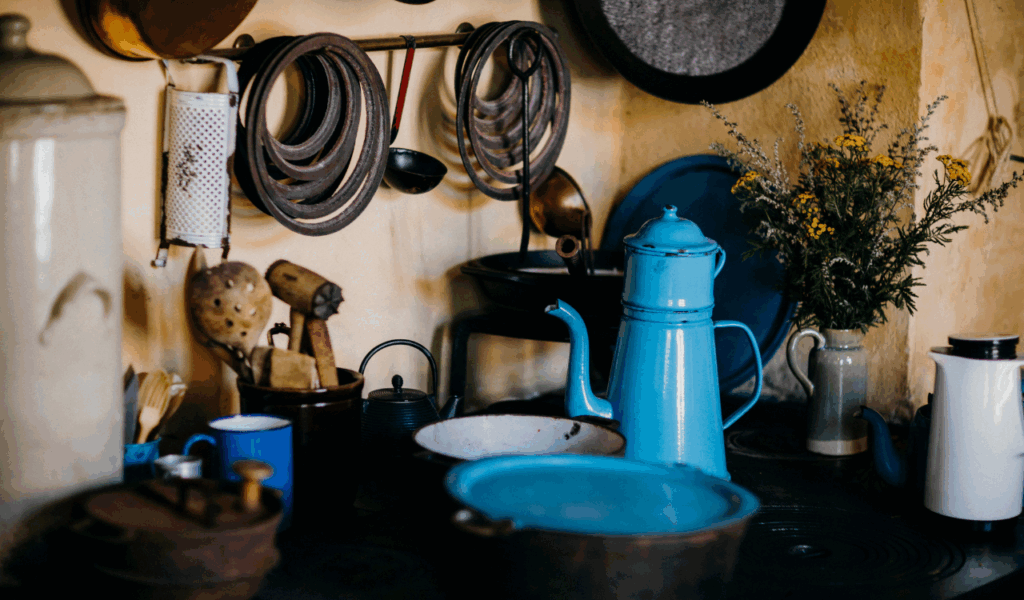
Use railings, pot racks, range hood brackets, drawer pulls, cabinet knobs, or wrought iron accents to add depth and contrast. Architectural detail is emphasized and the gentle neutral tones are punctuated by these black or dark metal accents. Balance is key: too little iron lessens impact; too much iron makes it feel heavy. Keep the rest more muted and use just enough to highlight focal points like islands or hoods.
7. Tiered Lighting & Accent Fixtures
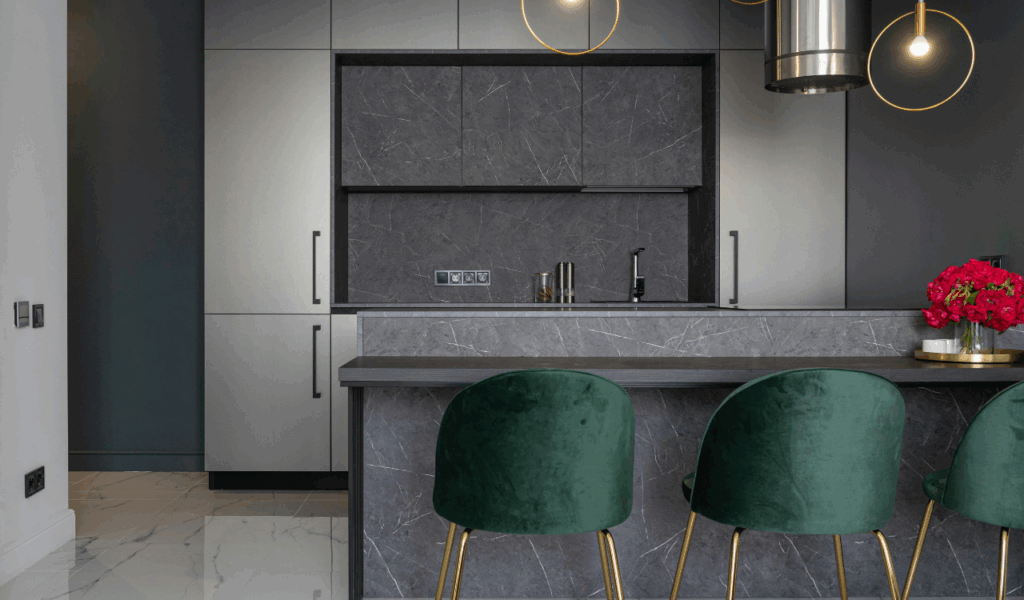
The key is layered lighting. To create flexibility, combine ambient elements (ceiling), task elements (under cabinets), and accent elements (pendants, wall sconces). Pendant lights with soft metal finishes or wrought iron chandeliers are examples of decorative fixtures that add character to a French country kitchen. Instead of using only modern lines, choose fixtures with curves, scrolls, or vintage accents. After dark, the soft glow from the warm bulbs adds to the homey, worn-in atmosphere.
8. Patterned Tile Floors or Rugs
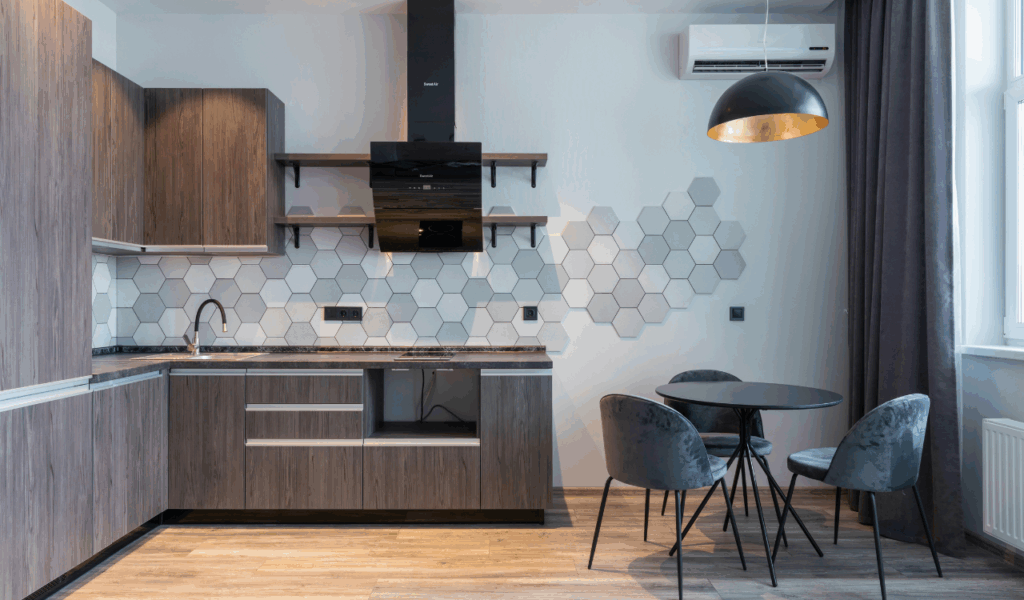
In a French country kitchen, pattern is important. Think about flatwoven rugs made of natural materials like wool or jute, or delicately patterned tiles (such as encaustic, decorative motifs). These provide interest for your feet and ground the area. Instead of dominating, the pattern should enhance. Use rugs to add visual softness and comfort near the cooktop or sink. For practicality, go for options that are washable and non-slip.
9. Fresh Greenery & Floral Accents
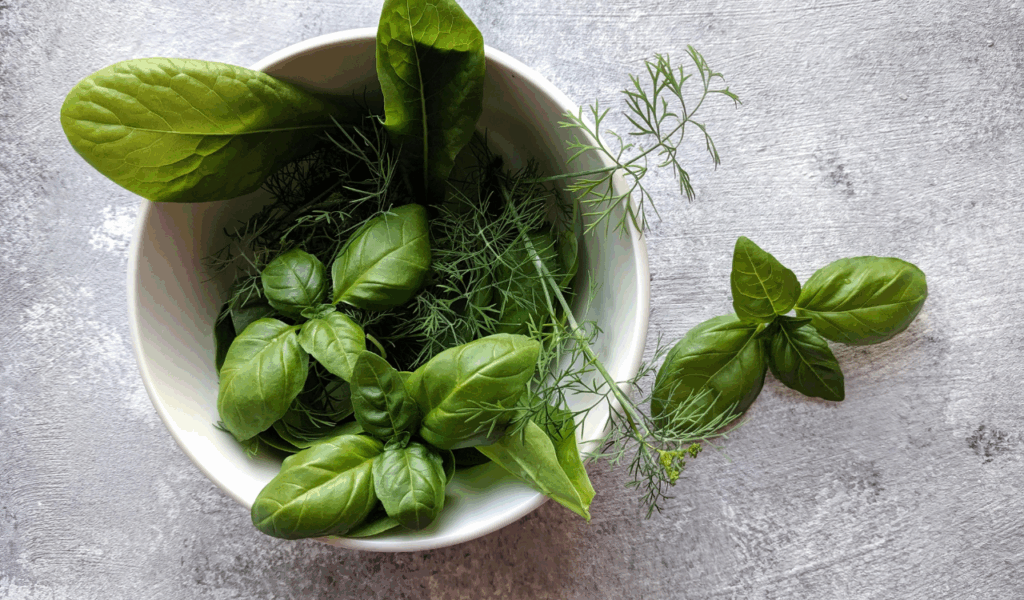
Fresh herbs, potted plants, and basic floral arrangements add color, scent, and a rustic touch to any French country kitchen. Add lavender, basil, or rosemary to window sills, open shelves, or hanging baskets. Cut stems even add flair to a rustic vase or ceramic jug. The secret is moderation: avoid overcrowding surfaces by selecting a small number of strategically placed botanical elements. It softens harsher lines and brings in the outdoors.
10. Displayed Pottery & Textured Accessories
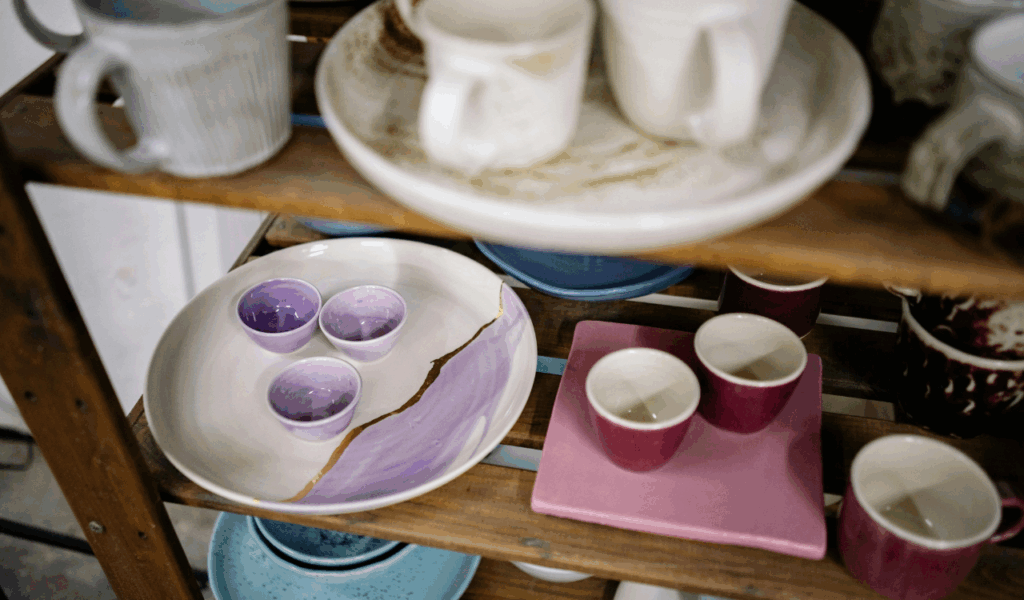
Choose a few unique accent pieces, such as carved wooden trays, vintage mixing bowls, woven baskets, or textured pottery, and display them purposefully. These items function similarly to jewelry in that they tell a coherent tale and showcase the homeowner’s personality. Avoid the temptation to overaccessorize. Give each piece space to breathe so that it attracts attention. Use them on the corners of countertops, islands, or open shelves. For visual depth, their textures contrast with smoother surfaces.
